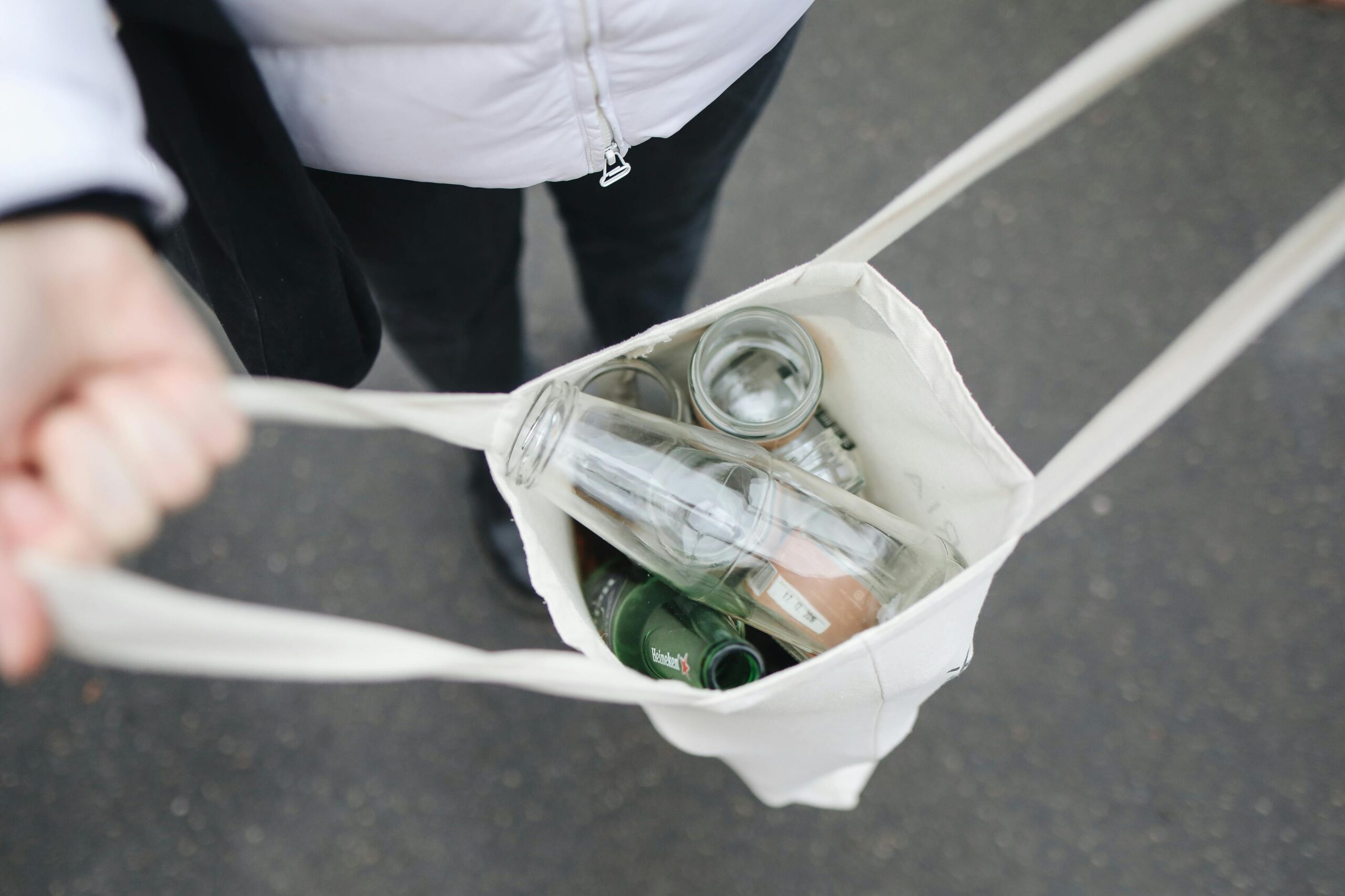Pack Eco-Friendly Toiletries and Reusables
Plastic waste poses one of the largest environmental threats globally, especially to our oceans. As travelers, we can make simple swaps to avoid single-use plastics while on the road. Packing shampoo bars, solid conditioners, and soap eliminates disposable bottles in hotels. Carrying a reusable water bottle, utensil set, and coffee mug also means bypassing plastic and paper cups. I always pack reusable cloth bags too. Choosing toiletries with sustainable packaging like bamboo toothbrushes and metal safety razors produces less waste overall. I used the Lingvanex translator when reading product labels. Using reusables saves money also while keeping plastic debris out of Earth’s ecosystems.
Select Green Hotels and Eco Lodges
From San Francisco to Sri Lanka, sustainable properties around the world integrate ecology into everything from architecture to food sourcing. I love staying at hotels like 1 Hotel Brooklyn Bridge, with water reuse systems, renewable energy, and beehives supporting biodiversity! Singapore’s Parkroyal on Pickering overflows with foliage, while the Phillippines’ Sulu Garden employs solar and harvested rainwater. When visiting sensitive environments like the Amazon or Galapagos Islands, specialized eco-lodges like Napo or Finch Bay operate responsibly within those ecosystems. Booking green accommodations supports positive business models that protect the planet for future travelers.
In the Philippines, some eco-hotels even incorporate the local Tagalog language into sustainability practices. Educational signs about saving water or recycling waste raise awareness in the widely-spoken native tongue. Preserving Indigenous Tagalog terminology for native plants and animals also helps properties showcase local biological heritage for visitors. From green architecture to promoting ecological values via Tagalog, leading Philippine resorts fuse environmental stewardship with cultural fluency. To better understand this amazing language, you can use machine translation to translate English to Tagalog.
Walk, Bike or Use Public Transit to Reduce Emissions
While flying allows us to traverse the globe, aviation emissions heavily impact climate change. Once I arrive at a destination, I pivot to low or zero-emission transport like walking, biking, or public transit. This keeps money in local economies while cutting pollution. I discovered so many hidden gems wandering historic quarters in Prague and Cuenca on foot. Biking along Amsterdam’s canals or Ho Chi Minh City’s bustling streets brought both adventure and opportunities to connect with people. Taking trains in Switzerland and ferries in Greece minimized my carbon footprint further. Slowing down through sustainable transport often rewards travelers with richer experiences while treading lightly.

Support Local Artisans and Sustainable Businesses
Where we choose to spend our money greatly shapes local economies and environments. I seek out fair trade handicraft cooperatives aiding Indigenous groups like Guatemala’s Oxlajuj B’atz. For sustainable fashion, I shop for eco-conscious brands like Utuy in Bali upcycling abandoned fishing nets into wearable art. At food stalls, I choose seafood certified by the Marine Stewardship Council for ethical harvesting. Tour operators like Intrepid Travel promote human rights and environmental best practices too. Purchasing local goods and services from responsible businesses gives back, spreads awareness, and encourages sustainable practices industry-wide.
With some effort, we can all adopt habits that nurture people and the planet as we journey across cultures. Our collective actions define whether places we love will thrive for generations. How will you travel thoughtfully?



